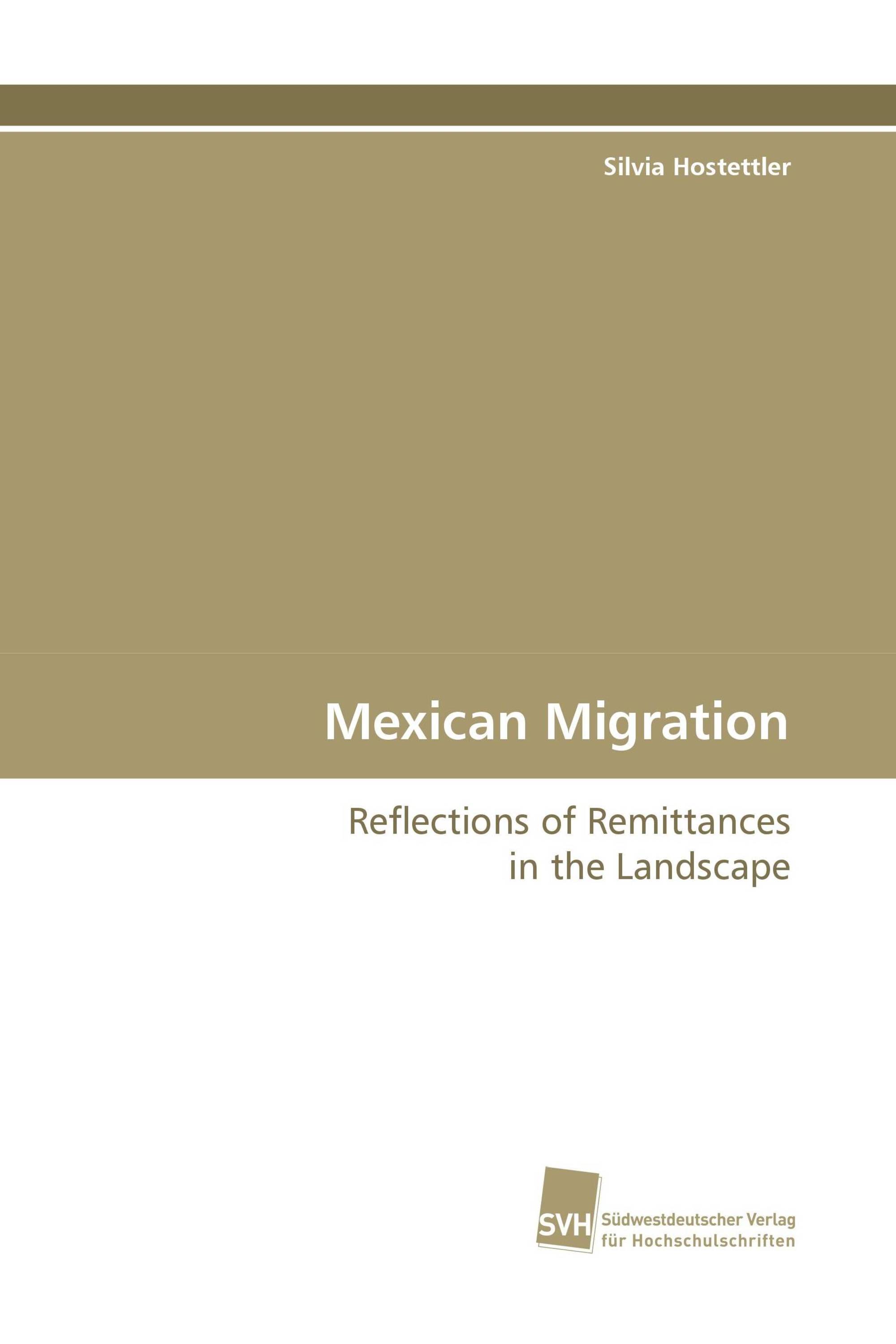People migrate in order to improve the economic wellbeing of their families. Once in their new host countries, migrants often send money home. In the past 10 years these monetary flows known as remittances have doubled worldwide. This study adresses the question how remittances are affecting land use and the well-being of the family in the community of origin. Fieldwork focused on Mexican migration to the USA and was conducted in the State of Jalisco in Western Mexico. On average, 50% of all households have or had at least one family member in the US as a migrant between 1980 and 2004. Remittances represent 45% of total household income. In general, the bulk of remittances income is used for subsistence needs and to repay debts. Nevertheless, 30% of migrant households invest remittances in land, livestock, agricultural production and in house construction. All these investments lead to land use changes. With regard to changes in labor availability due to out-migration, the results are ambiguous. Migration can drive land use change by encouraging a shift to low-labor land use systems, but these land use changes that require less labor can also drive migration.
Buch Details: |
|
|
ISBN-13: |
978-3-8381-0443-0 |
|
ISBN-10: |
3838104439 |
|
EAN: |
9783838104430 |
|
Buchsprache: |
Deutsch |
|
By (author) : |
Silvia Hostettler |
|
Seitenanzahl: |
204 |
|
Veröffentlicht am: |
14.05.2009 |
|
Kategorie: |
General Social sciences |
